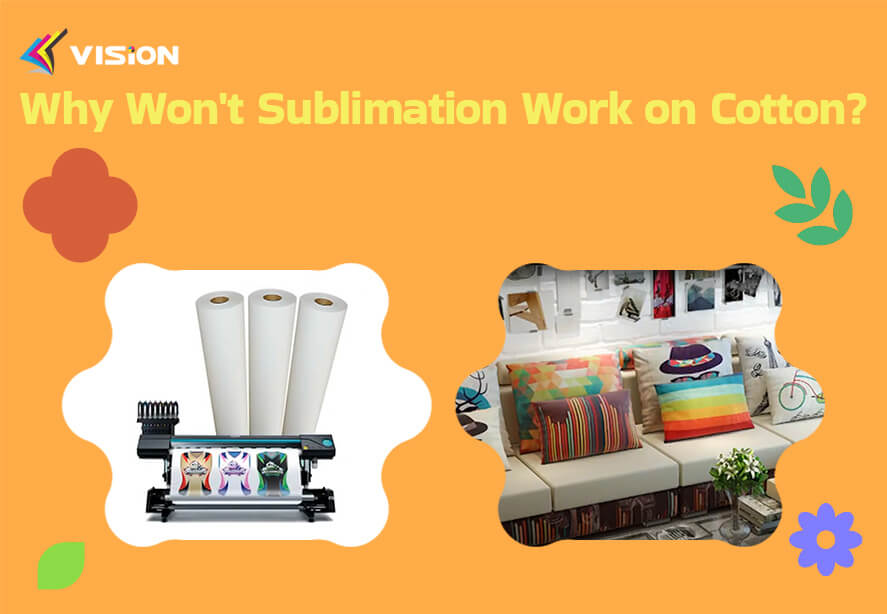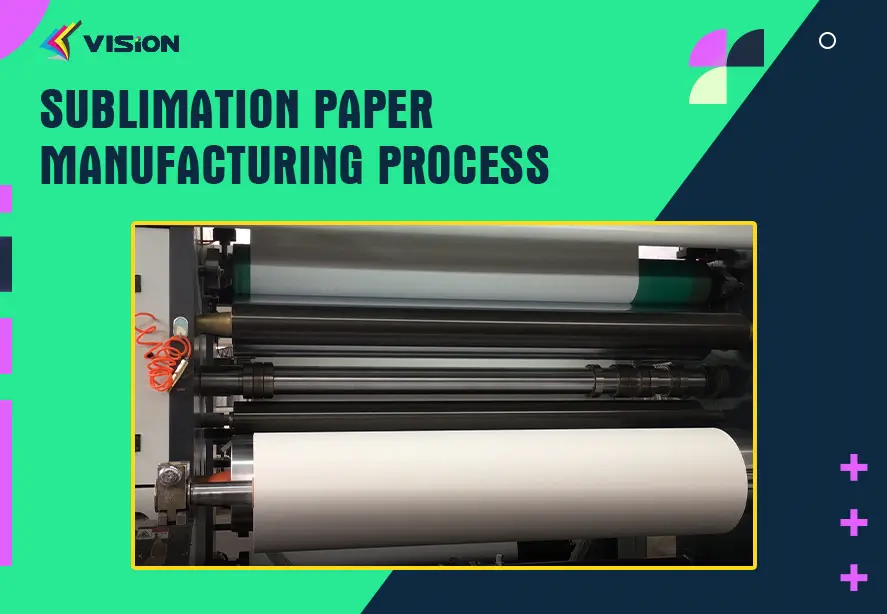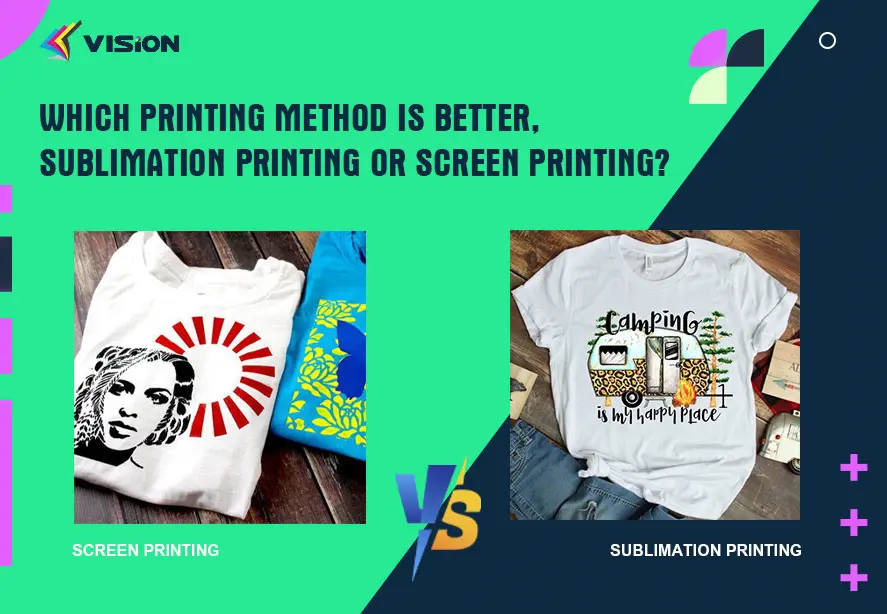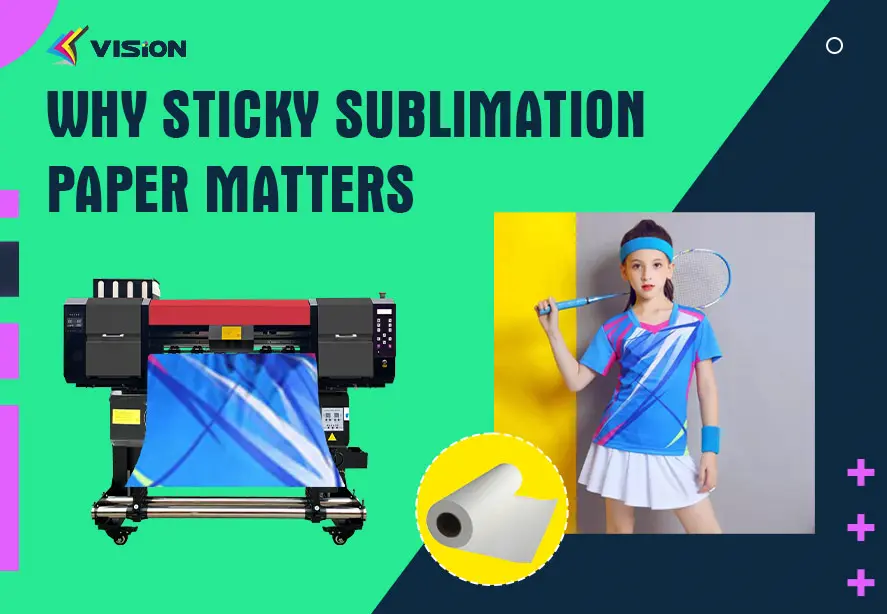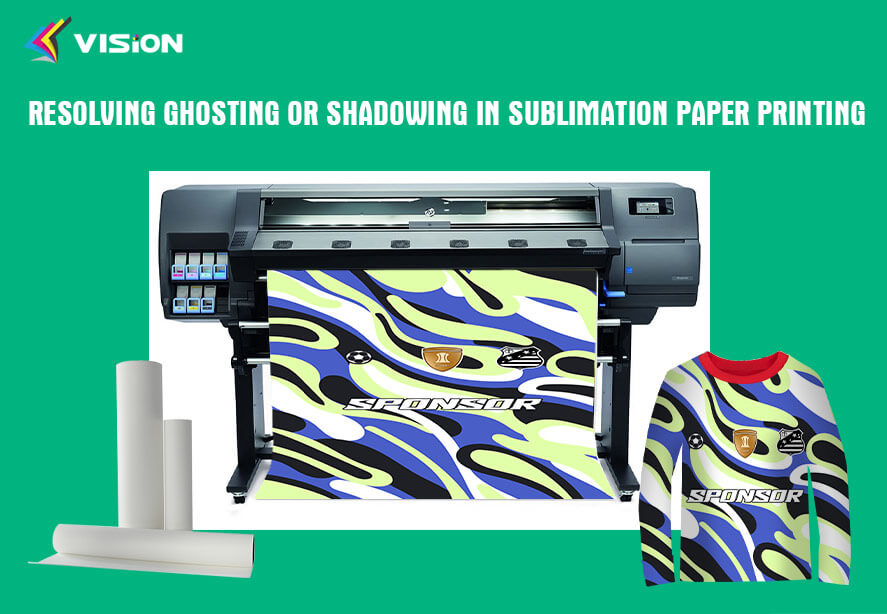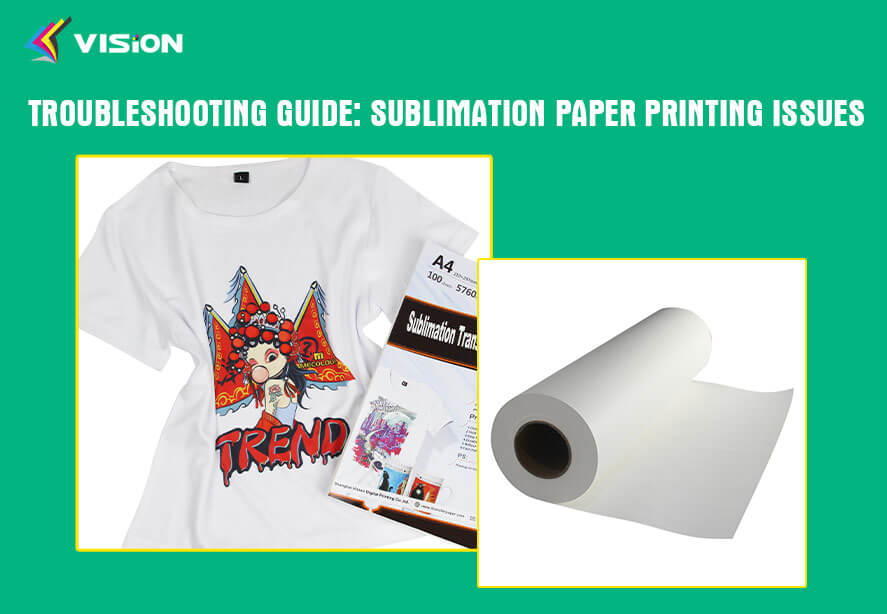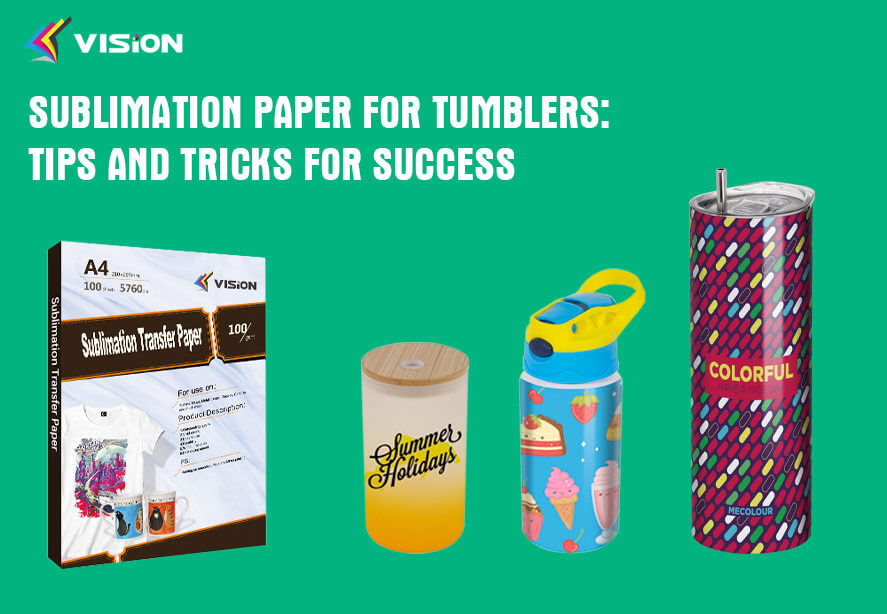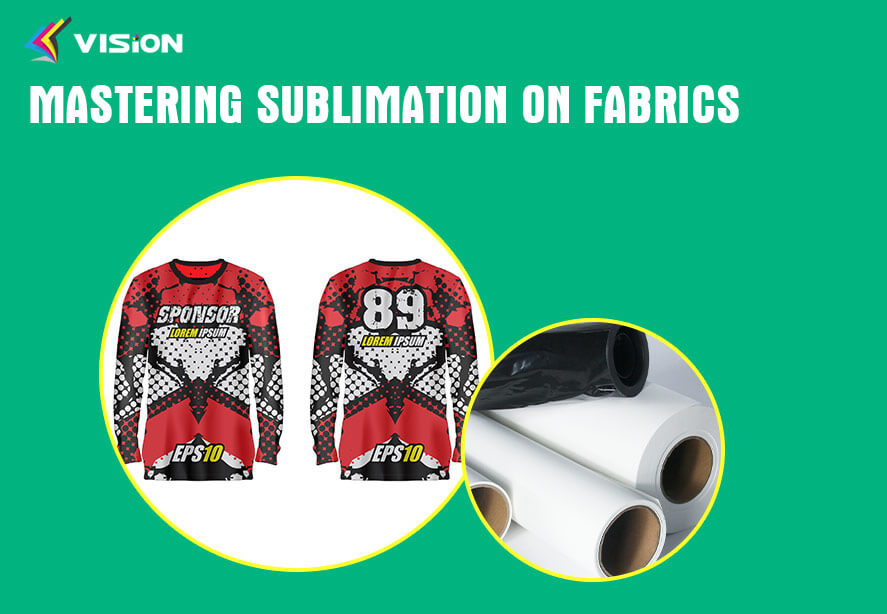Have you ever tried to print a vibrant design onto a cotton t-shirt using sublimation only to find that it just won’t adhere? You’re not alone! Many enthusiasts and professionals alike have grappled with this enigma: Why won’t sublimation work on cotton? In this article, we embark on a journey to demystify this perplexing question, exploring the science behind sublimation, the properties of cotton, and the limitations that prevent these two from forming a harmonious bond. So let’s delve into the intriguing world of textile printing!
Unveiling the Science Behind Sublimation
Before diving headfirst into the cotton conundrum, let’s first unravel the basics of sublimation. Sublimation is a process in which a substance transitions directly from a solid to a gas without passing through the liquid state. In the realm of textile printing, sublimation involves transferring design printed on sublimation paper to a substrate (such as polyester) using heat and pressure, resulting in vivid, durable prints that seamlessly blend with the fabric.
The Magic of Sublimation Printing
Utilizes heat and pressure to transfer dye directly into fabric fibers.
Produces vibrant, long-lasting prints with excellent color retention.
Ideal for polyester and other synthetic fabrics due to their molecular structure.
Decoding the Cotton Dilemma
Why won’t sublimation work on cotton? Cotton, revered for its softness and breathability, presents a unique challenge for sublimation printing due to its natural composition.
The Cotton Conundrum
Absence of Polymer Coating: Unlike polyester, cotton lacks the polymer coating necessary to bond with sublimation dyes.
Lack of Molecular Structure: Cotton fibers are not receptive to sublimation dyes in the same way as synthetic fibers, hindering the transfer process.
Heat Resistance: Cotton’s high heat resistance prevents sublimation dyes from penetrating the fibers, resulting in faded or washed-out prints.
Exploring Alternative Solutions
While cotton may pose obstacles for sublimation printing, fear not! There are alternative methods and materials that can achieve similar results without sacrificing quality or durability.
Sublimation-Compatible Fabrics
For sublimation printing to work effectively, the substrate must be able to accept and retain the sublimation inks. Polyester and other synthetic fabrics, as well as certain types of coated ceramics and plastics, have a molecular structure that allows the gaseous sublimation inks to penetrate and bond with the material.
Polyester: The undisputed champion of sublimation printing, polyester offers optimal results with vibrant, long-lasting prints.
Blends: Fabrics containing a blend of polyester and cotton can sometimes yield satisfactory results, albeit with slightly muted colors.
Sublimation printing paper use for the fabric
Hybrid Techniques
For high-quality and long-lasting prints on cotton fabrics, other printing methods, such as screen printing or direct-to-garment (DTG) printing, are generally recommended.
Screen Printing: Combining sublimation printing with traditional screen printing techniques allows for greater versatility and customization on cotton garments.
Heat Transfer Vinyl: Ideal for small-scale projects, heat transfer vinyl offers precise, intricate designs on cotton fabrics with vibrant colors and durability.
In conclusion, the mystery behind why sublimation won’t work on cotton boils down to a clash of chemistry and composition. While cotton’s natural fibers resist sublimation dyes, alternative materials and hybrid techniques offer viable solutions for achieving vibrant, long-lasting prints on cotton garments.


